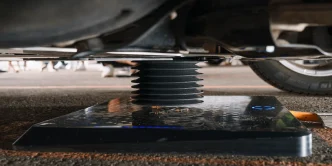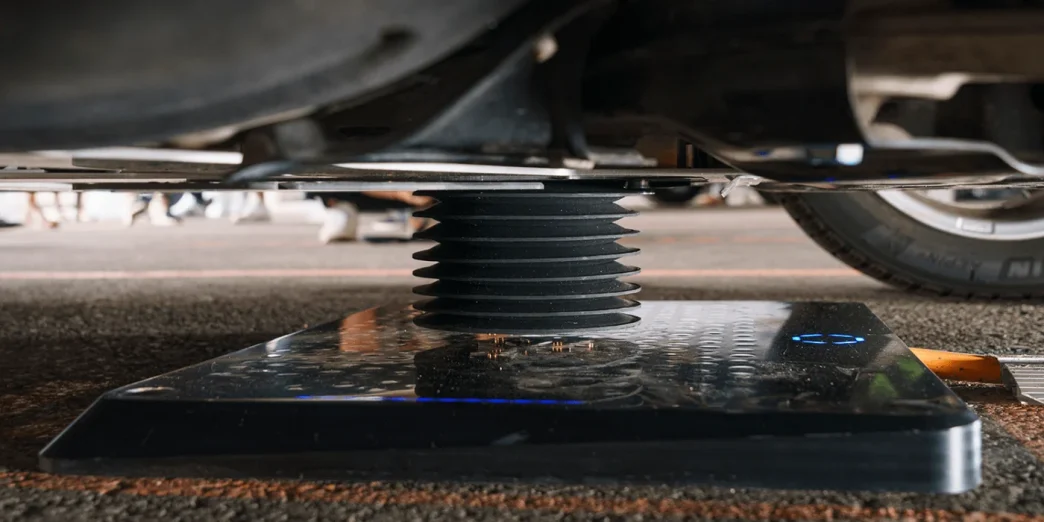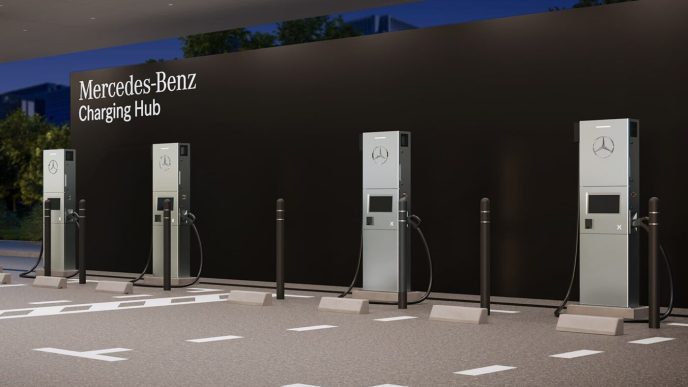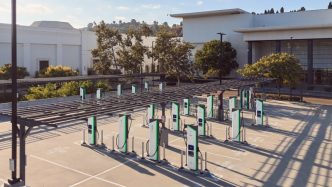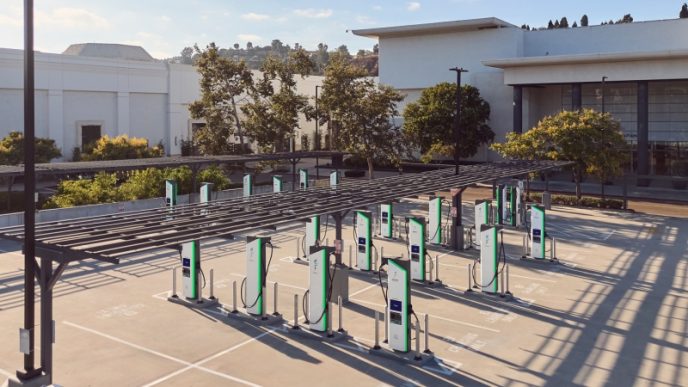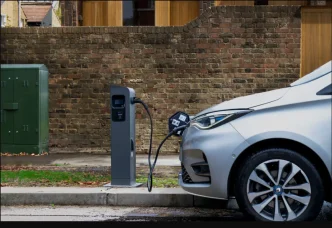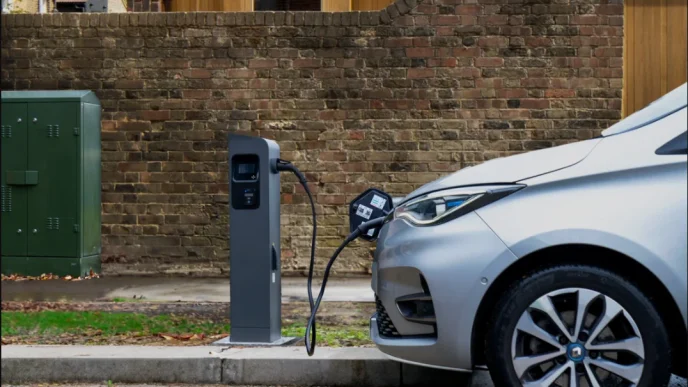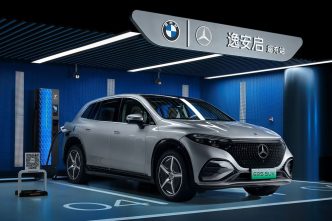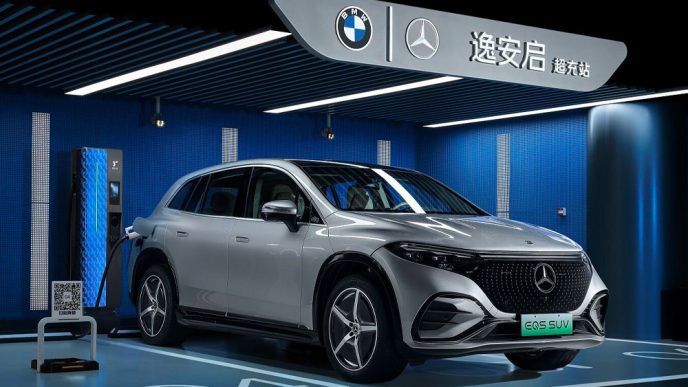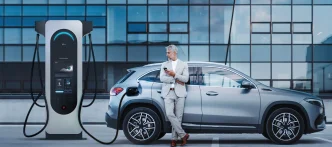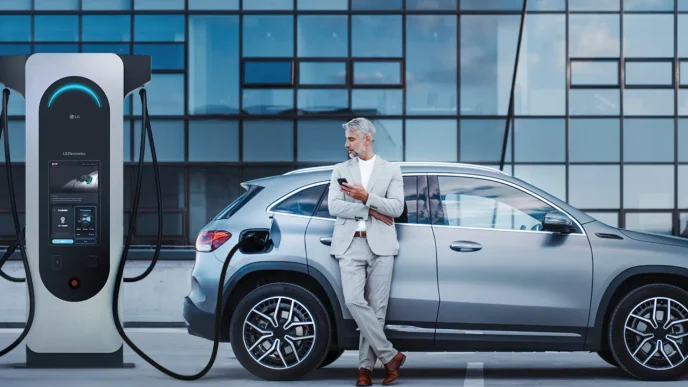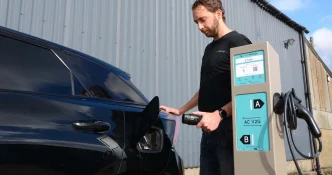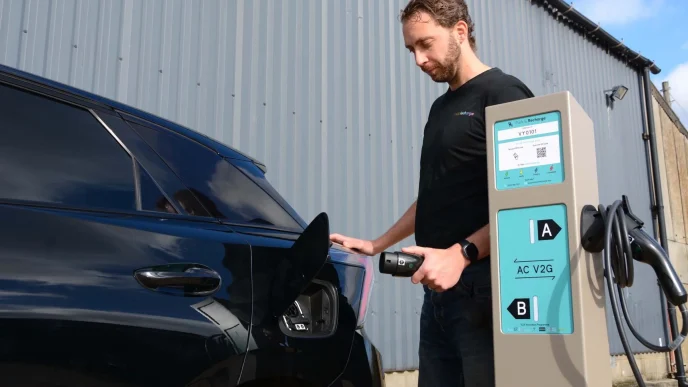Austrian energy group Verbund has committed €1.5 million to Easelink, a Graz-based company specializing in automated conductive electric vehicle charging technology known as Matrix Charging. This investment, made through Verbund’s investment arm, Verbund X Ventures, aims to expedite Easelink’s international expansion and enhance its collaborations with automobile manufacturers.
The Matrix Charging system central to Easelink’s offering allows electric vehicles to charge efficiently by utilizing a retrofitted charging plate on the vehicle’s underbody. This plate connects with a charging pad mounted on the ground, establishing a conductive connection that minimizes energy losses compared to traditional wireless charging methods.
Michael Strugl, CEO of Verbund AG, commented on the significance of the investment, stating, “Easelink’s automated charging solution offers the potential to significantly support electromobility and accelerate the transition to a sustainable energy system. With this investment, we are making an important contribution to decarbonization in Europe by further developing innovative, customer-oriented solutions in the field of electromobility.”
Franz Zöchbauer, Managing Director at Verbund X Ventures, highlighted the ambitious goals of Easelink, calling its technology potentially disruptive. He emphasized the importance of closely collaborating with Easelink to scale and enhance its business models.
Easelink is already in discussions with various car manufacturers looking to incorporate Matrix Charging technology into their upcoming vehicle models. The company is also partnering with charging specialists, such as Keba, to further develop its solutions. With around 40 employees operating in Austria and China, Easelink is poised for growth in the automated charging sector. Hermann Stockinger, CEO and founder of Easelink, stated, “We are convinced that automated charging is the key to the widespread adoption of electromobility. With Matrix Charging, we offer an efficient and user-friendly solution that benefits both end users and the infrastructure.”

